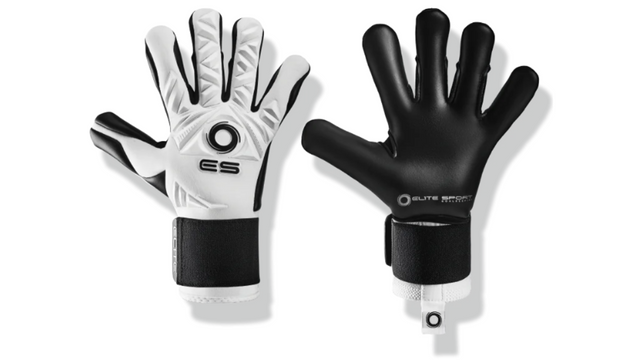Football is a physically demanding sport, especially for goalkeepers who are often at the center of intense action. As the players who protect the goal, they face numerous challenges, from diving to block high-speed shots to catching crosses. The risk of injury is always present. To mitigate this, many goalkeepers rely on protective equipment, with one of the most important being their gloves. While football gloves are often seen as a performance-enhancing accessory, their role in injury prevention is equally crucial. In this blog, we will explore how these gloves help safeguard goalkeepers during the game.
The Importance of Protection
Goalkeepers are constantly exposed to high-impact situations that can lead to various injuries. From finger fractures to abrasions and wrist sprains, the goalkeeper’s hands are particularly vulnerable. The gloves serve as a barrier, offering protection from both minor and severe injuries.
Finger Protection
One of the most common injuries goalkeepers face is damage to their fingers. With the constant pressure of diving, catching, and punching the ball, fingers can easily bend in unnatural directions, leading to sprains or even fractures. Football gloves are designed with reinforced materials, particularly in the fingers and palms, which help to prevent hyperextension and other forms of injury.
Some gloves feature spines or flexible support technology that stabilizes the fingers during play. These features ensure that while the gloves offer a secure grip, they also provide enough resistance to avoid finger injuries during high-impact actions like blocking or deflecting fast-moving shots.
Wrist Support
Goalkeepers often stretch their hands and arms to make saves, placing tremendous strain on their wrists. A sudden twist or fall can result in a wrist sprain or, worse, a fracture. High-quality football gloves come with wrist protection features such as elastic bands or Velcro straps that secure the gloves firmly around the wrist. These features provide extra support and stability, which reduces the risk of injury during intense movements.
In addition to wrist support, gloves with extended cuffs can also help prevent hyperextension by ensuring that the wrist remains in a stable position throughout the game.
Palm Protection and Grip
The palms of a goalkeeper’s hands are exposed to abrasions from frequent contact with the ball, the ground, and the posts. Over time, these impacts can cause blisters or cuts, making it painful to handle the ball. Football gloves with cushioned palms offer added protection against these abrasions, reducing the risk of skin damage. The padded palms also help protect against the shock of catching the ball at high speed, which can strain the muscles and joints of the hands.
Moreover, gloves with excellent grip provide goalkeepers with better control, reducing the chances of mishandling the ball. When a goalkeeper is confident in their grip, they are less likely to exert excessive force, which can lead to strain and injury. The grip also ensures that they can make precise saves without slipping or fumbling, further reducing injury risks.

Durability and Longevity
Football gloves are made from a variety of materials, including latex, polyurethane, and synthetic composites. Each material has its advantages, such as latex providing excellent grip, while synthetic options tend to be more durable. The durability of gloves is essential not just for performance but also for injury prevention.
Worn-out gloves lose their grip and protective qualities, which can increase the likelihood of mishaps. A goalkeeper may not be able to secure the ball as effectively, leading to a greater chance of injury from awkward falls or misdirected shots. Therefore, it is vital for goalkeepers to maintain their gloves, ensuring they retain their protective qualities throughout their use.
Customization for Optimal Fit
Football gloves are not a one-size-fits-all solution. For maximum protection, goalkeepers need gloves that fit perfectly. Ill-fitting gloves can cause discomfort and increase the risk of injury. For instance, gloves that are too tight can lead to restricted movement, while gloves that are too loose can slip during play, affecting a goalkeeper’s grip and control.
Many brands offer customizable options that allow goalkeepers to select gloves based on their hand size, preferred fit, and specific needs. A well-fitted glove ensures that the goalkeeper can move freely, perform at their best, and avoid unnecessary strain or injuries.
Football gloves play a crucial role in injury prevention for goalkeepers. With their advanced design features, such as finger protection, wrist support, and palm cushioning, they provide essential protection from the physical demands of the game. By offering added stability, grip, and comfort, these gloves help goalkeepers stay safe and perform at their highest level.
Ultimately, goalkeepers should view their gloves not just as a piece of equipment, but as a crucial part of their safety gear. By choosing the right pair that fits well and offers the necessary protection, they can minimize the risk of injury and focus on what they do best: keeping the goal safe.